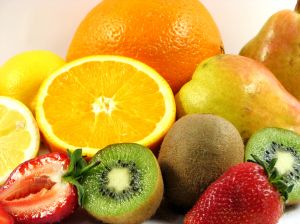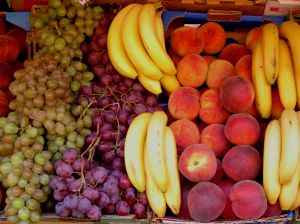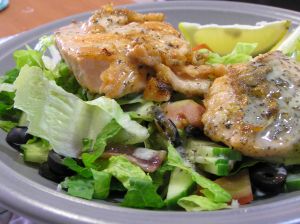HIGH BLOOD
PRESSURE
is one of the most common diseases in Western countries. Of the adult
population in the Western countries, about 15- to 30% suffer from it.
In Finland, for example, over half a million people use blood pressure
medicine, which is about 10% of the total population.
We treat
high blood pressure in much the same way as other cardiovascular
diseases. Useful foods include fatty fish and plant oils because they
contain the omega-3 fatty acids that generally are believed to prevent
cardiovascular diseases.
In
addition, there are a few factors that should be noted in the care of
blood pressure, because they can be useful in its care. They can
decrease high blood pressure:
Decreasing
salt
or having an
unsalted diet is one very effective response to high blood pressure.
The greater the salt level is in the body, the higher the blood
pressure is. If we reduce the amount of salt in our food, our blood
pressure will also decrease. The recommended level for salt is 1.2
grams per day, but Finns consume about ten times that amount. Other
foods that raise blood pressure include liquorices and sal ammoniac (a
popular candy in Finland).
Therefore,
use less salt, or use salt containing potassium that is much more
beneficial to the body. You should not add salt to your food, because
there is already enough salt in those foods that we buy from the
stores. For example, there is a lot of salt in ordinary sausages and
breads.
Potassium
is one of those minerals found to affect the blood pressure in
positive way. It functions as an antagonist to sodium (which appears
in salt) and restrains its harmful effects. Thus, if our diet contains
enough potassium, the ability of our kidneys to filter sodium
increases, which will lead to decreasing of blood pressure. If we get
plenty of potassium, it will assist greatly in the care of high blood
pressure.
Good
sources of potassium are bananas (360 mg / 100 g) and avocado (450 mg
/ 100 g), but it can be found also in whole meal grain, cabbages,
potato, soybeans, nuts, milk products, peas, and beans as well as in
almost all fruits and vegetables.
Folic
acid.
If we get much folic acid from our diet, it will assist us in reducing
our blood pressure and prevent apoplectic seizures. For example, a
health study of nurses in Harvard showed that the blood pressure of
people who got plenty of folic acid did not rise. (Magazine
Terveys-Hymy 3 / 2005, p. 12)
Good
sources of folic acid include all cabbages, sweet pepper, spinach,
whole meal grain, peas, beans, lentils, fruit, berries, and meat. For
example, we get 100 micrograms of folic acid from one helping of
broccoli or Brussels sprouts, seven slices of whole meal bread or one
sweet pepper. A tall glass of orange juice contains about 40
micrograms.


